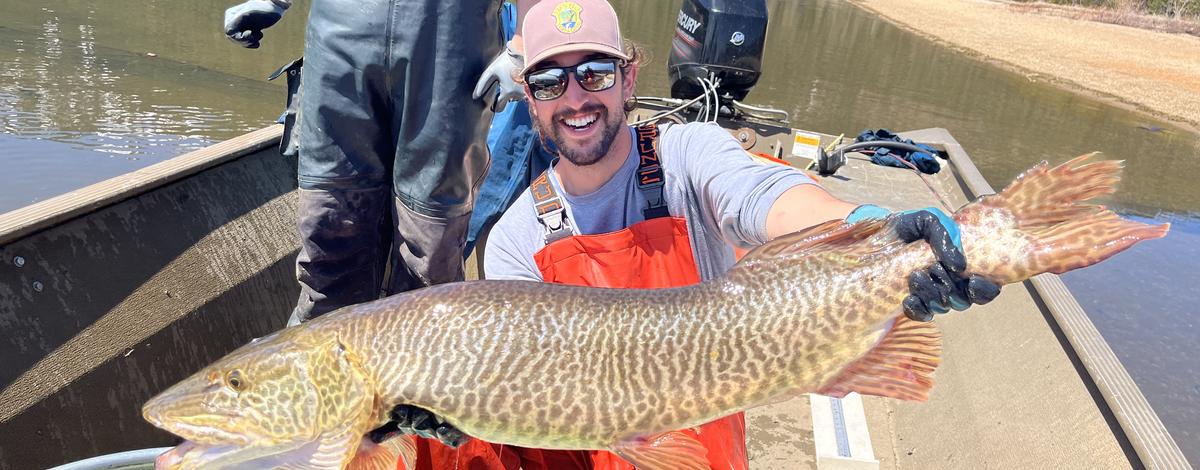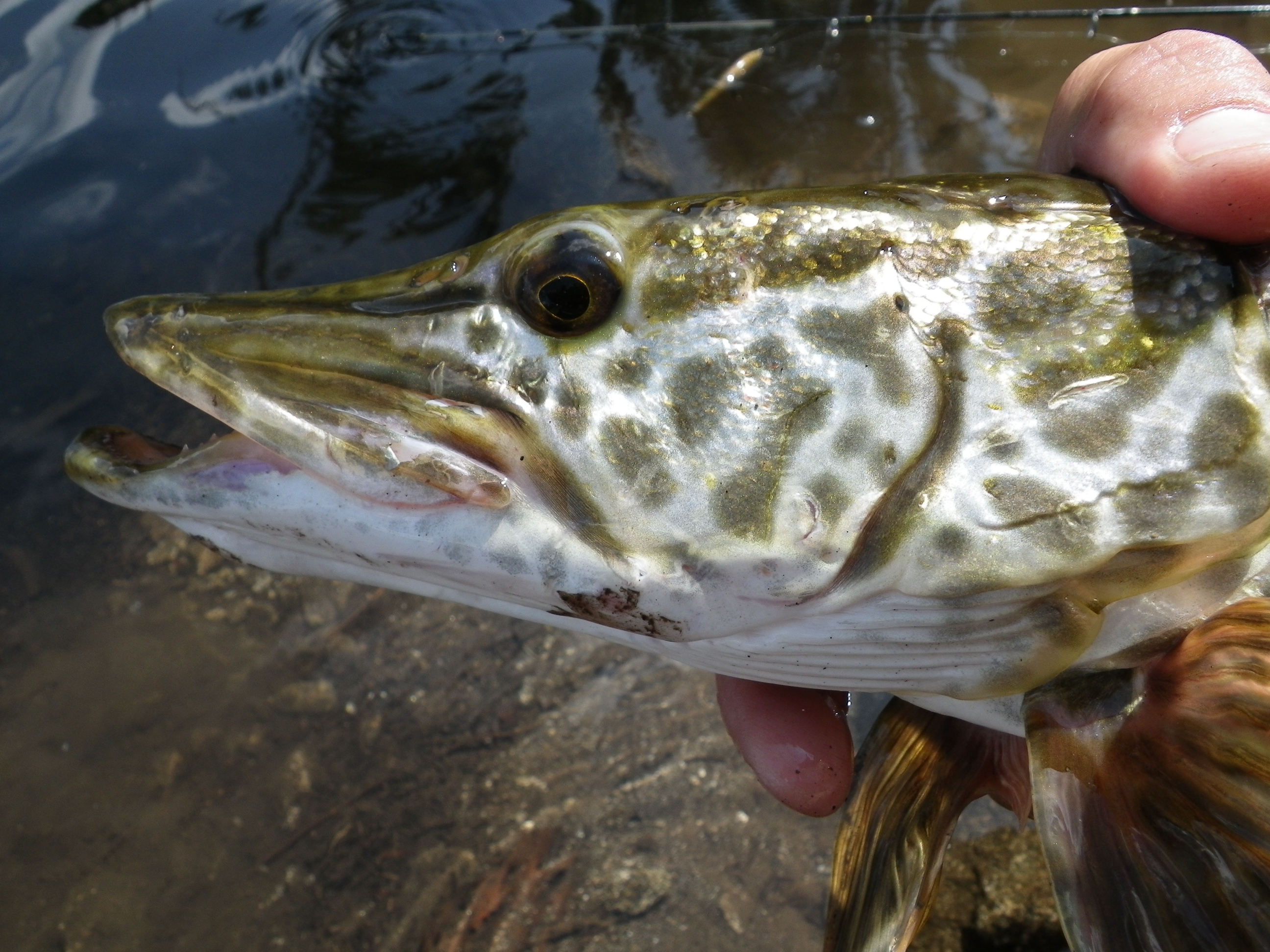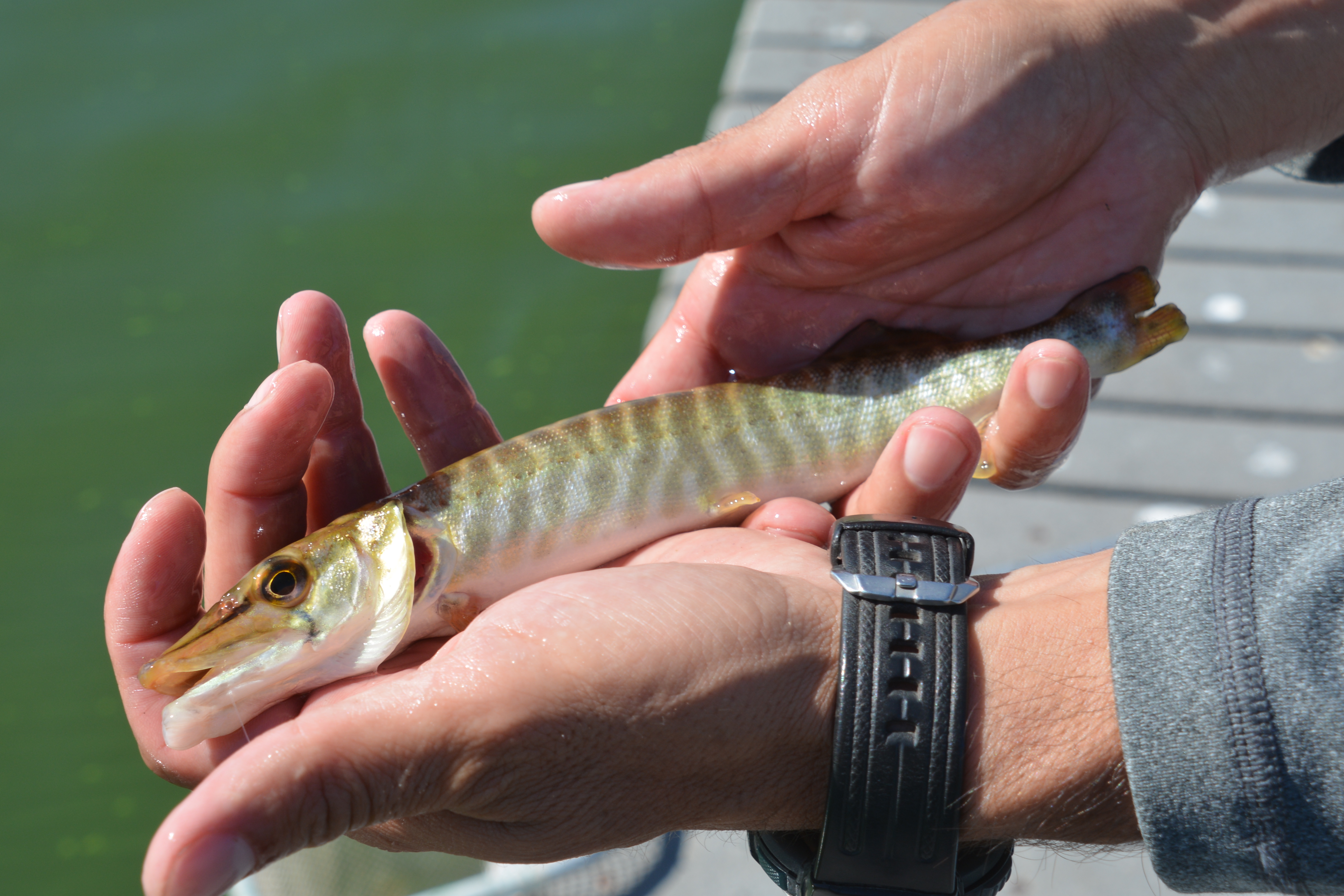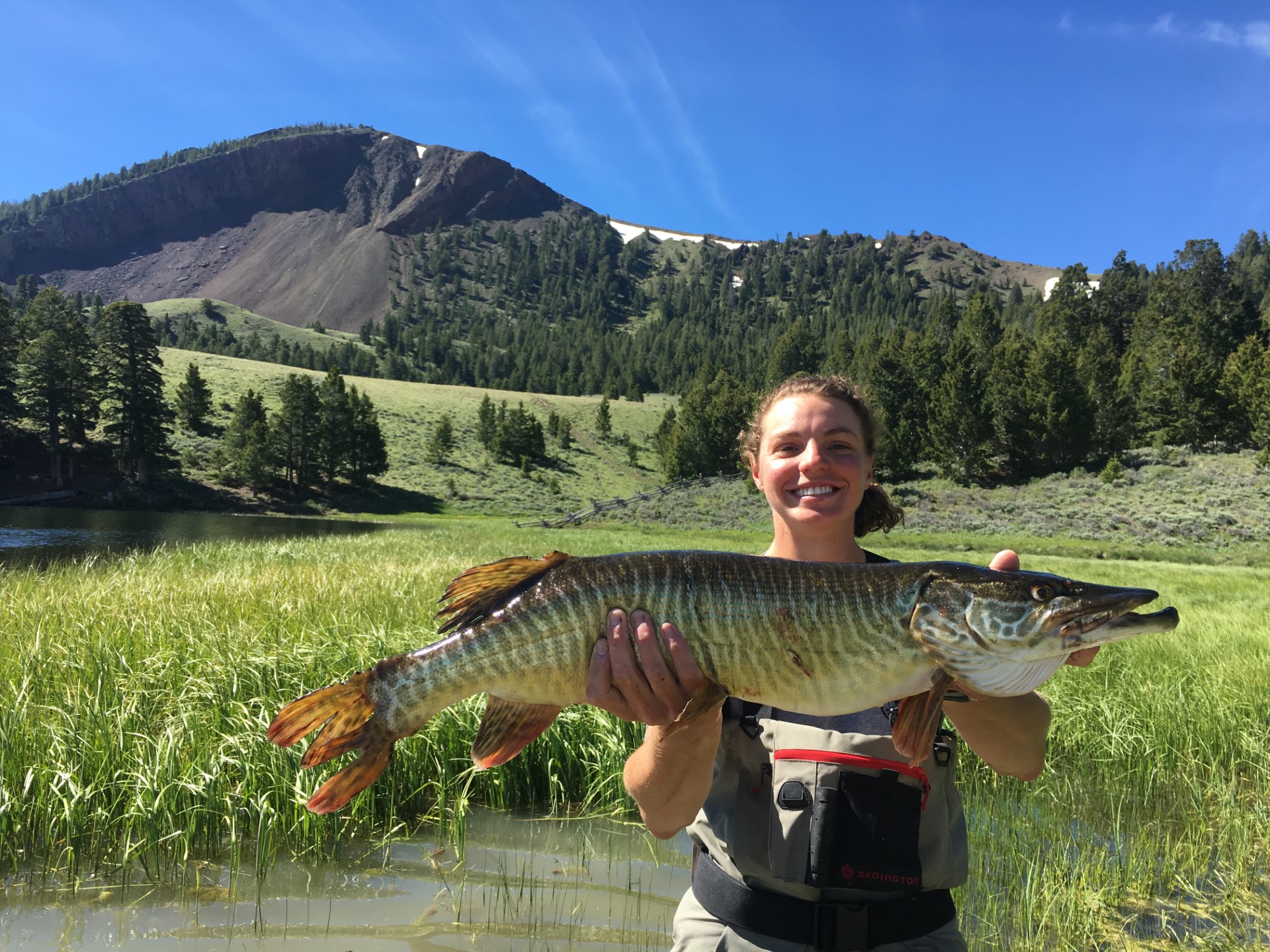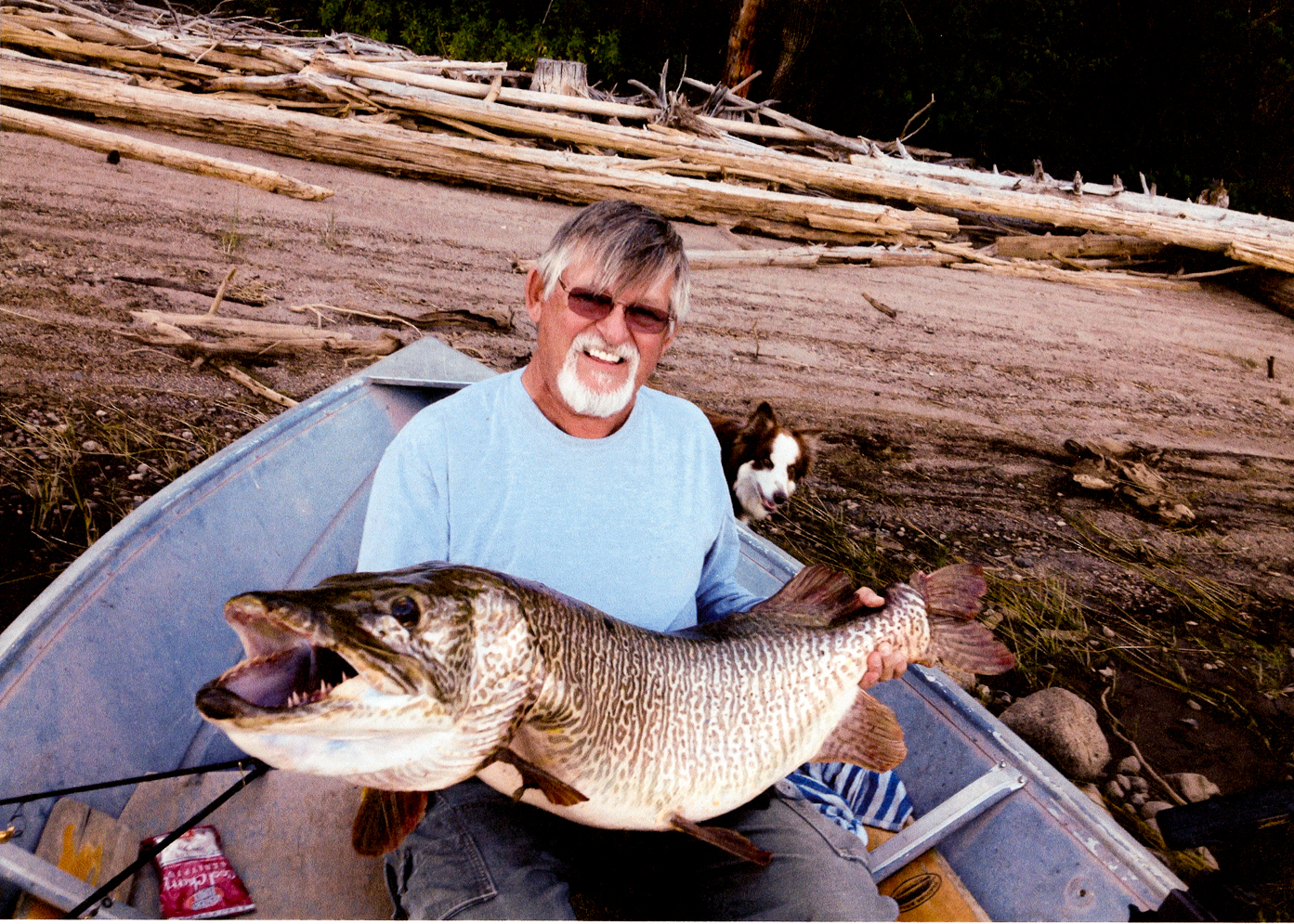It might not be top of your mind during a day out on the lake, but lying just below your bobber or bow is a whole web of predators and prey that keep the fishery afloat, so to speak.
For decades, Idaho Fish and Game’s fisheries staff has studied interactions between fish species and pulled biological levers to maintain healthy fish populations and provide a slew of quality opportunities for anglers.
“We have a handful of tools we can use to help keep populations balanced,” Fish and Game’s Sportfish Coordinator Martin Koenig said.

